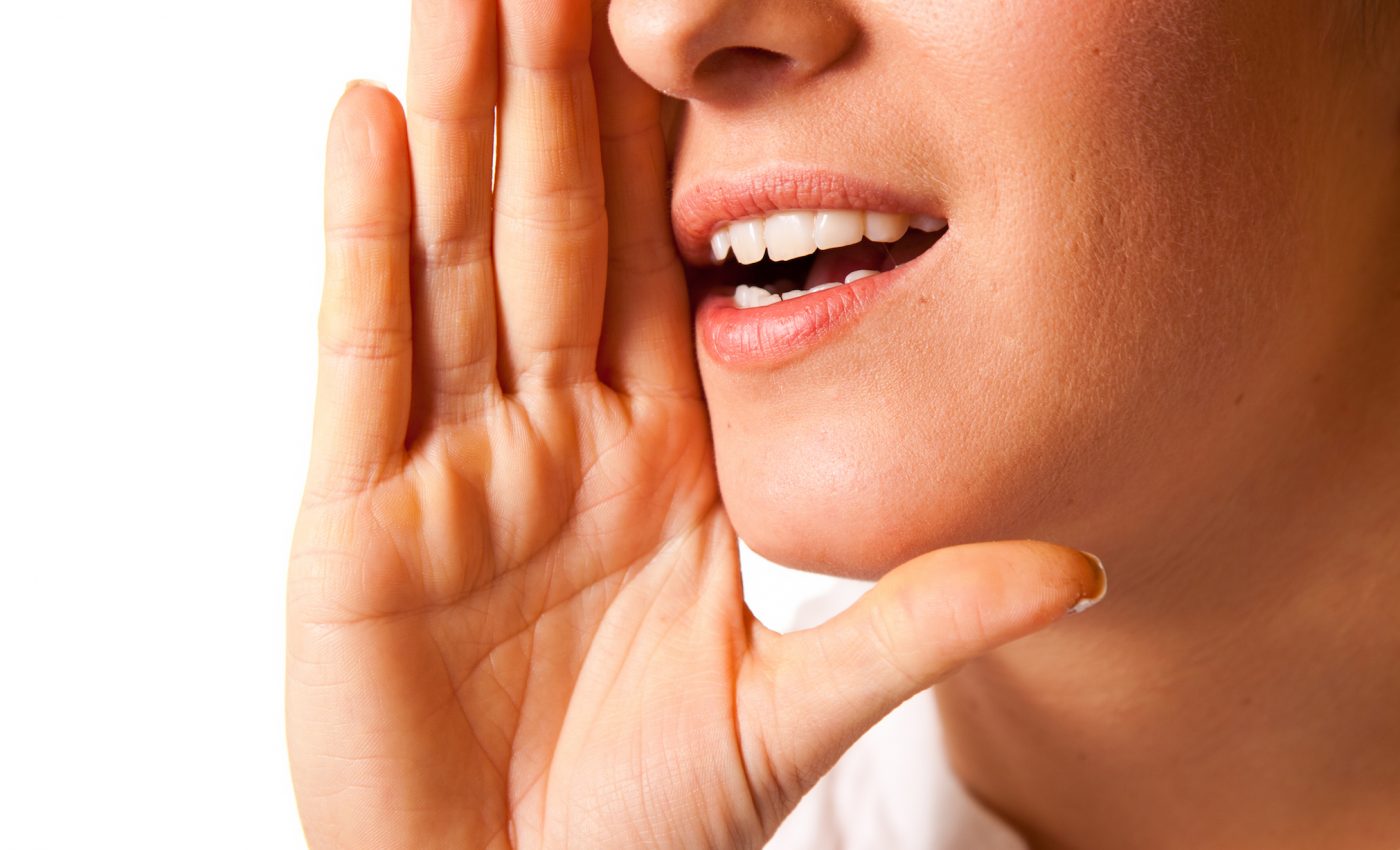
People often link certain vowel sounds to the same colors, study finds
According to a new study by linguists at Radboud University and the University of Edinburgh, many individuals associate colors with the same vowel sounds. Even though speech and color are not perceived by the same sensory organs, most people share a particular system for linking vowels to colors.
Some individuals, including Russian-born novelist Vladimir Nabokov, have a condition where certain colors or sounds trigger different senses. Nabokov saw colors when he heard vowel sounds. For example, he perceived the color yellow when hearing “ee” and ebony when hearing “aa.”
Even though only one in 25 people have synaesthesia, the current study has found that many more share the same intuitions about “sound colors.” The investigation, which was focused on an online test of over 1,000 participants, revealed that most people selected the same colors to correspond with 16 different combinations of vowels.
The majority of participants matched “i” with green or yellow, “e” with green, and “a” with pink or red. Darker colors, such as purple-blue, were selected most often for “o,” and “u” was usually associated with blue or red.
“There seems to be a logic to how we link sound and color, and the structure of language has an important role in this process,” explained study co-author Mark Dingemanse. “Our findings showed that with lighter colors (yellow, green) associated with more front vowels, or vowels that come from the front of the mouth.”

Vowel-color associations in two non-synesthete subjects (left) and in two synesthetes (right), Image Credit: Mark Dingemanse Radboud University
“Darker colors (e.g., red, brown, blue) were associated with back vowels and redder colors were associated with low front vowels,” Dingemanse added. “If color associations were purely dependent on acoustical factors, the colors would neatly run into one another like in a rainbow. Instead, we see that sounds are grouped according to the way that our language carves up the vowel space.”
“A few blue spots and then suddenly a red one, with no transition of blue-purple-red. You could say that the vowels have to pass through the sorting machine that is our language before we can link colors to them, even in synaesthetes, for whom associations like these are involuntary.”
The study is published in the journal Behavior Research Methods.
—
By Chrissy Sexton, Earth.com Staff Writer













